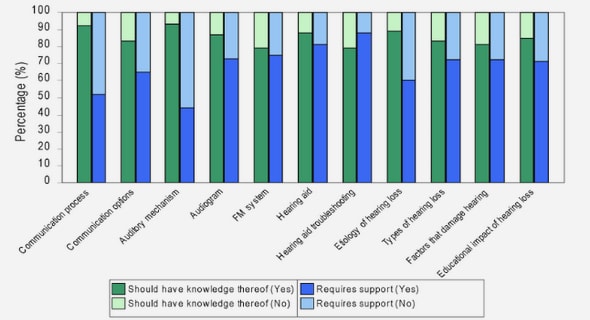(Downloads - 0)
For more info about our services contact : help@bestpfe.com
Table of contents
CHAPTER 1
INTRODUCTION
1.1. Overview
1.2. Research objectives
1.2.1. Experiments
1.2.2. Simulations
1.3. Methodology
1.4. Statement of the originality of the thesis
1.5. Structure of the thesis »
CHAPTER 2
LITERATURE REVIEW
2.1. Introduction
2.2. Mechanism of ice accretion on insulator surface
2.3. Conductivity of ice surface
2.3.1. Electrical surface conductivity of ice
2.4. Flashover mechanisms of ice-covered insulators
2.4.1. Effect of ice type and thickness
2.4.2. Effect of applied water conductivity
2.4.3. Effect of dry arc distance
2.4.4. Effect of air gaps
2.4.5. Effect of insulator type and configuration
2.4.6. Effect of voltage polarity
2.4.7. Effect of air pressure
2.5. Flashover modeling of insulators surfaces
2.5.1 Basic models of polluted surface flashover
2.5.2. Modeling of flashover on ice-covered surfaces
2.5.2.1. Static models
2.5.2.2. Dynamic models
2.6. Conclusion
CHAPTER 3
EXPERIMENTAL FACILITIES AND TEST PROCEDURES
3.1. Introduction
3.2. Test facilities
3.2.1. High-voltage equipment
3.2.2. Climate Chamber
3.2.3. Physical Objects
3.2.4. Current and voltage measurement devices
3.2.5. High-speed camera
3.3. Test Procedures.
3.3.1. Ice test preparation prior to flashover
3.3.2. Evaluation sequence
3.3.3. Water film conductivity and volume flow rate measurement procedure
3.4. Conclusion
CHAPTER 4
EXPERIMENTAL RESULTS AND DISCUSSIONS
4.1. Introduction
4.2. Withstand voltage measurement of a string of five standard insulator units under icing
conditions
4.3. Withstand voltage measurement of post insulator units under icing conditions
4.3.1. Experimental results and discussion under DC Voltage
4.3.2. Experimental results and discussion under AC Voltage
4.4. Arc propagation on the ice surface
4.4.1. Arc propagation velocity on the ice surface
4.5. Volume flow rate and water film conductivity
4.6. Discussions
4.6.1. Effect of voltage polarity on minimum flashover voltage
4.6.2. Effect of water film conductivity on arc velocity
4.6.3. Effect of freezing water conductivity and dry arc distance on maximum withstand
voltage
4.7. Flashover results presentation using Icing Stress Product (ISP)
4.7.1. Comparison of flashover results from different laboratories under icing conditions
4.8. Conclusion
CHAPTER 5
MODELING OF AC AND DC FLASHOVER ON ICE-COVERED INSULATORS
5.1. Introduction
5.2. Model description
5.3. The equivalent circuit components
5.3.1. Arc channel characteristics
5.3.2. Ice section characteristics
5.3.2.1. Electrical surface conductivity
5.3.2.2. Variation of water film thickness along the ice-covered insulator
5.3.3. Propagation criterion and arc velocity
5.4. Two —arc model of flashover
5.5. General description of the proposed dynamic model
5.6. Conclusion Ill
CHAPTER 6
MODEL VALIDATION AND NUMERICAL SIMULATIONS
6.1. Introduction
6.2. Validation of the equivalent surface conductivity mathematical model
6.3. Validation of the proposed two-arc model
6.3.1. Validation of the DC two-arc model
6.3.2. Validation of the AC two-arc model
6.4. Numerical simulations of potential and electric-field distributions along an ice-covered post insulator
6.4.1. Potential distribution along the insulator under DC voltage
6.4.2. Potential and electric-field distributions along the insulator under AC voltage
6.5. Conclusion
CHAPTER 7
CONCLUSION


